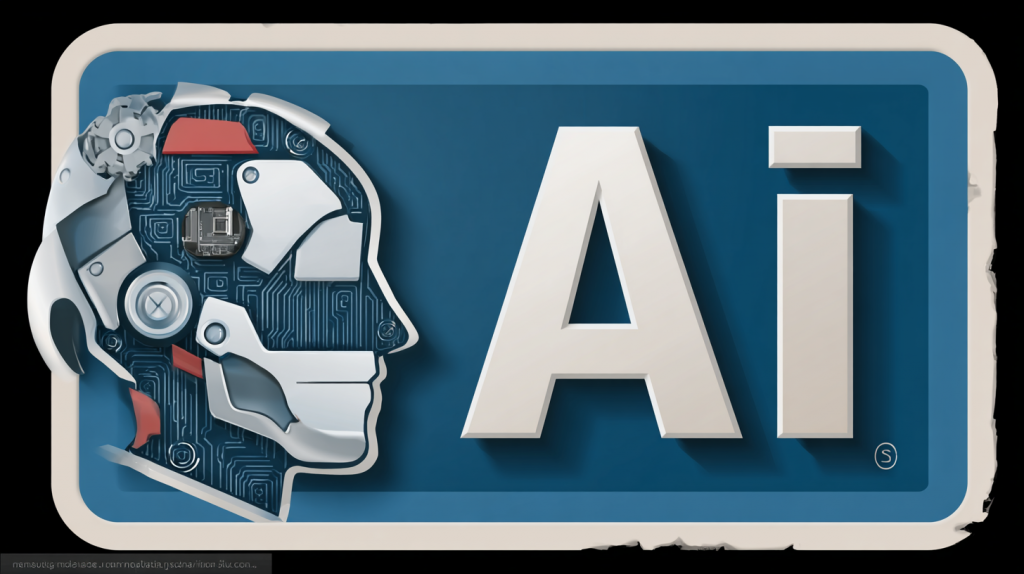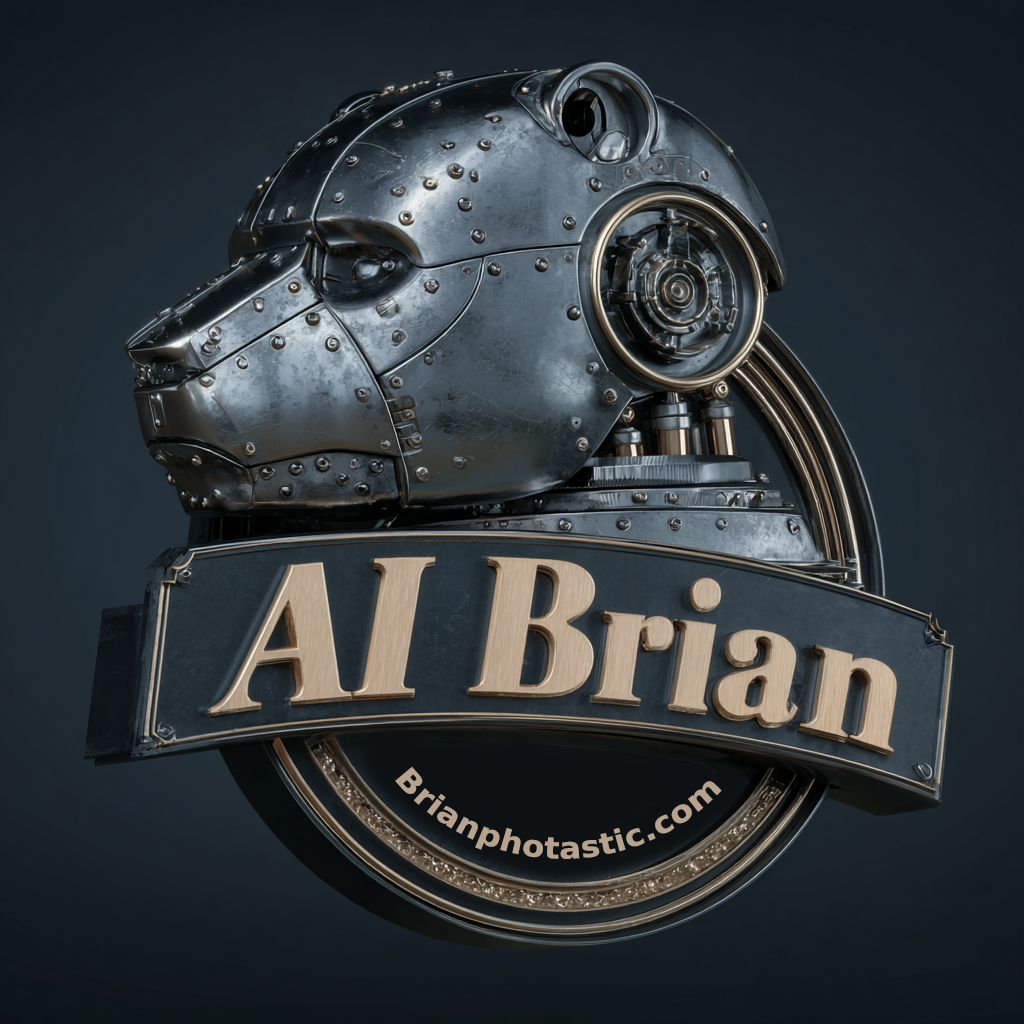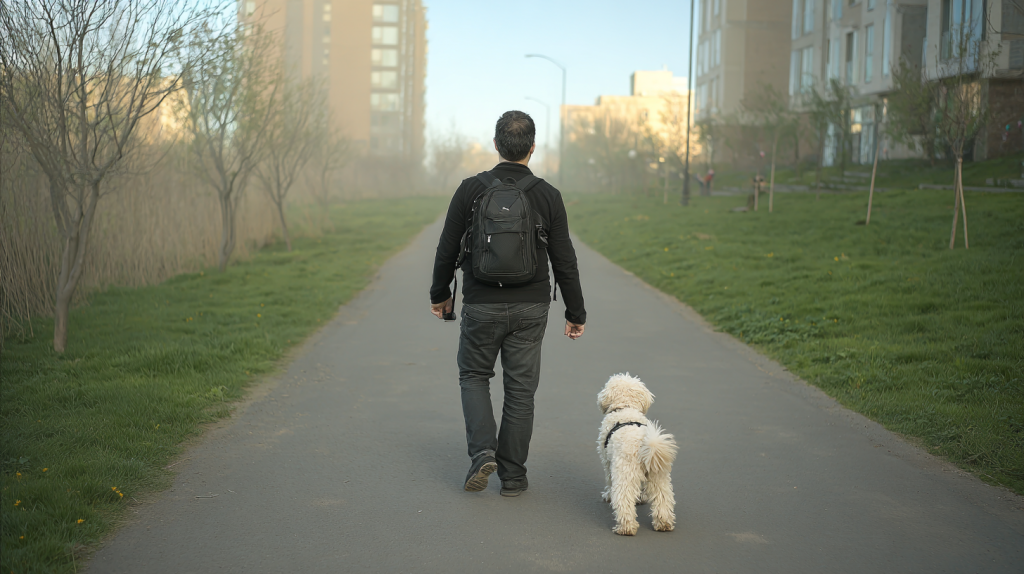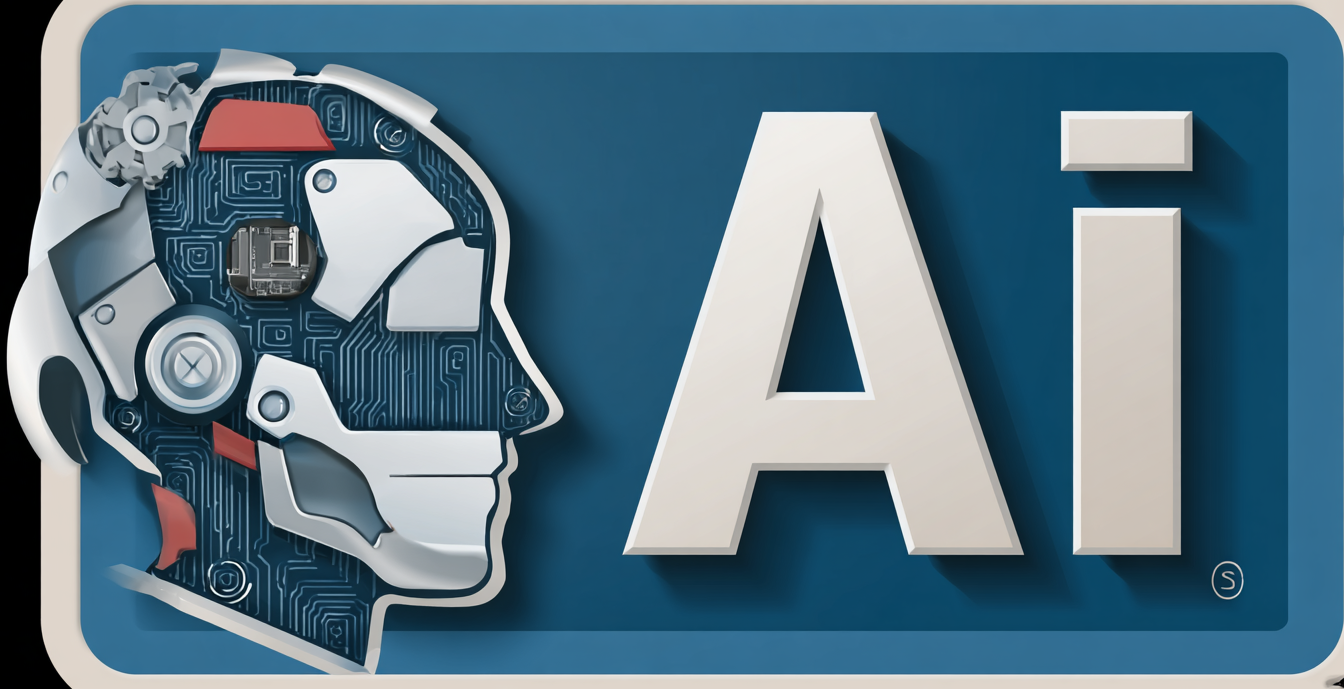What is AI?

Welcome to my new Blog devoted to all things AI – Artificial Intelligence. AI is many things and a hard concept to grasp. I think of it as ‘machine thinking’. Here is AI explaining itself….
“Artificial intelligence (AI) was originally created to make machines think and learn like humans. The idea started around the 1940s and took off in 1956 when scientists formally named it “artificial intelligence.” The goal was to enable computers to perform tasks that typically require human intelligence, such as problem-solving, understanding language, and making decisions.

AI learns mainly through a process called machine learning, where it looks at lots of data to find patterns and make predictions. This is similar to how people learn from experience. Initially, humans teach the AI by giving it examples, and the AI compares its guesses to the right answers, improving over time. There are also types of learning where AI figures things out by itself without labeled examples.
Regarding the misconception about AI needing to store or copy everything it reads or sees: AI doesn’t memorize all input data like a human would store every single memory. Instead, it learns from data by identifying important patterns and compresses those patterns into a model—a kind of summary or a set of rules. This model helps AI make decisions or generate new content without needing to recall exact copies of the original information. It’s like learning the rules of a game rather than memorizing every possible move.
In summary, AI was created to mimic human thought, learns from lots of data by finding meaningful patterns, and doesn’t need to keep every detail it has seen but rather builds a smart, compressed understanding of that data.”
As my site is about images and video generated by AI, I’ll concentrate on those aspects, but in everyday use, I now use AI for all my general queries instead of Google. Ask Google and you get pages of web links and brief summaries. Ask AI and it answers you in plain English is detail and at the end gives links if you want to check elsewhere.
To use AI to create an image, special websites are available on the internet. Those I use most are midjourney.com and pixverse.ai but there are many others. All are subscription based but usually offer free trials. Paid plans start at around €10 per month.
In use, to create a still image, the user needs to enter a ‘prompt’ which is a written instruction of what the user wants to AI to create. This prompt could be as simple as “an image of a man and a dog walking in the park”

to “”A tranquil park at golden hour, sunlight filtered through lush, leafy trees. A man, dressed in casual, well-fitted clothes, walks a happy dog along a winding path. Dappled light plays across the grass and benches. The park is alive with soft warm colors, long shadows, and gentle breezes rustling the leaves. The scene exudes peacefulness and subtle movement, with intricate details like dew drops on grass, fallen leaves, and delicate flower beds nearby. Soft focus in the background hints at distant city buildings, while birds fly overhead. Capture a cinematic, emotionally immersive moment, focused on atmosphere, texture, and natural beauty.”

Despite what many think, AI does NOT find an existing image and copies it or parts of it. Every image is original and is never duplicated. No copyright can be claimed to be broken.
Most AI programs will offer 4 variations for each prompt. You can then download one or ask the program to redo it with slight alterations and so on.
To create a video you can either start from a text prompt like above or start from a still image and give the AI instructions on what to do with the subject/s and so on. Typically, these clips only last 5-10 seconds.
This then is a very basic explanation and future blogs will go into far greater detail on selected images or videos I produce.

https://shorturl.fm/7NfDS
https://shorturl.fm/tKAVm
https://shorturl.fm/0Pr6F
https://shorturl.fm/daVmk
https://shorturl.fm/IxgbZ
https://shorturl.fm/9Rm7E
https://shorturl.fm/nEpTB
https://shorturl.fm/4GaNF
https://shorturl.fm/orAWZ
https://shorturl.fm/7TASs